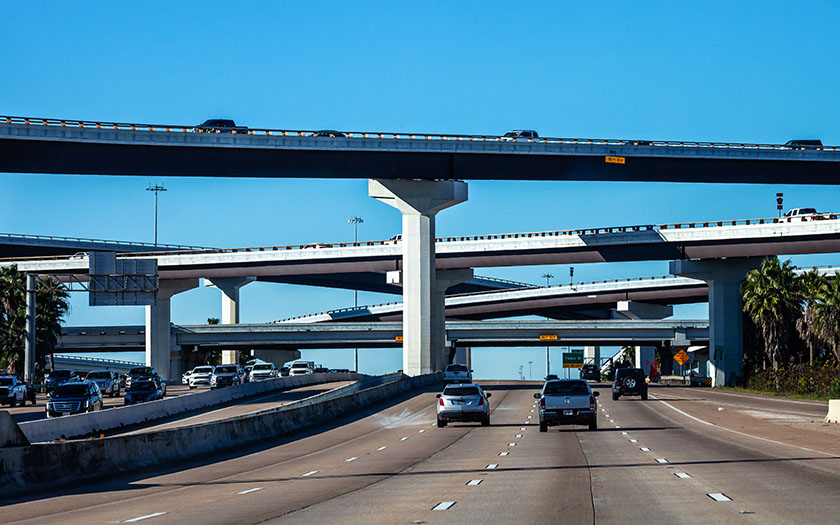How telematics is revolutionizing auto insurance marketing strategies Read article


At the start of the COVID-19 pandemic, driving behaviors evolved. So, how did people’s driving behaviors change overall, and what impact did that have on auto aftermarket retailers specifically?
This is a big question that auto aftermarket professionals wanted to know. The data shows that, compared to the 2019 average, non-rush-hour driving accumulated more mileage, and traffic was spread out more during the day, which led to fewer traffic jams.
This data came from GPS driving data points and events from multiple first-party anonymized and aggregated sources including consumer mobile apps (with the consumers’ permission), insurance telematics programs (OBD II and mobile), and more. But an even more pertinent question was: Are people driving the same – even as gas prices skyrocketed? And with all of these changes, how might business leaders find the best customers?
We looked at the impact of gas prices on miles driven in the biggest U.S. counties in March 2022, and there was a drop by 370,000 miles per day. Using an average vehicle gas mileage of 21 gallons of gas per mile, that translated to a decrease of 122 million gallons of gas used.
But that is an “all-U.S.-county” view. The picture may be very different if you are looking at a specific county or comparing a single county’s overall driving to their residents’ driving. For example, we looked at the weekly miles driven in New York County and Los Angeles County from early March to early May 2022, and the differences were significant.
It is as if people who had a choice to buy expensive gas and drive through New York or Los Angeles chose not to. But if you lived there, and all the gas is expensive, you have no choice. You still need to take care of business.
Driving continues to vary from state to state and county to county. Wide swings in how and how much people drive make it difficult for auto aftermarket professionals to optimize their business to meet consumers’ needs. A more granular view of vehicle miles traveled and driving events can be used to create models that help predict consumers’ needs and enable the auto aftermarket to more accurately forecast inventory and sales down to the zip code level. In that way, mobility intelligence can drive results for marketing efforts as well, reaching the right customers at the right time with the right message.
Data and analytical models like this can also help determine the best audiences to which you should market. It depends on the type of auto aftermarket business, of course, but you could request vehicle miles traveled data to target audiences such as:
You can also correlate these audiences with driving events such as an increase in hard braking or a change in acceleration patterns, or an increase in average speeds for local or highway drivers.
Not sure how to get started analyzing driving data to improve your sales? Get in touch.